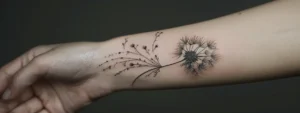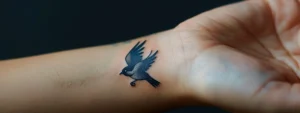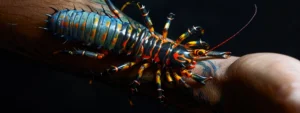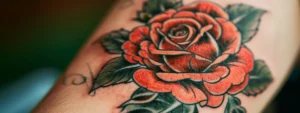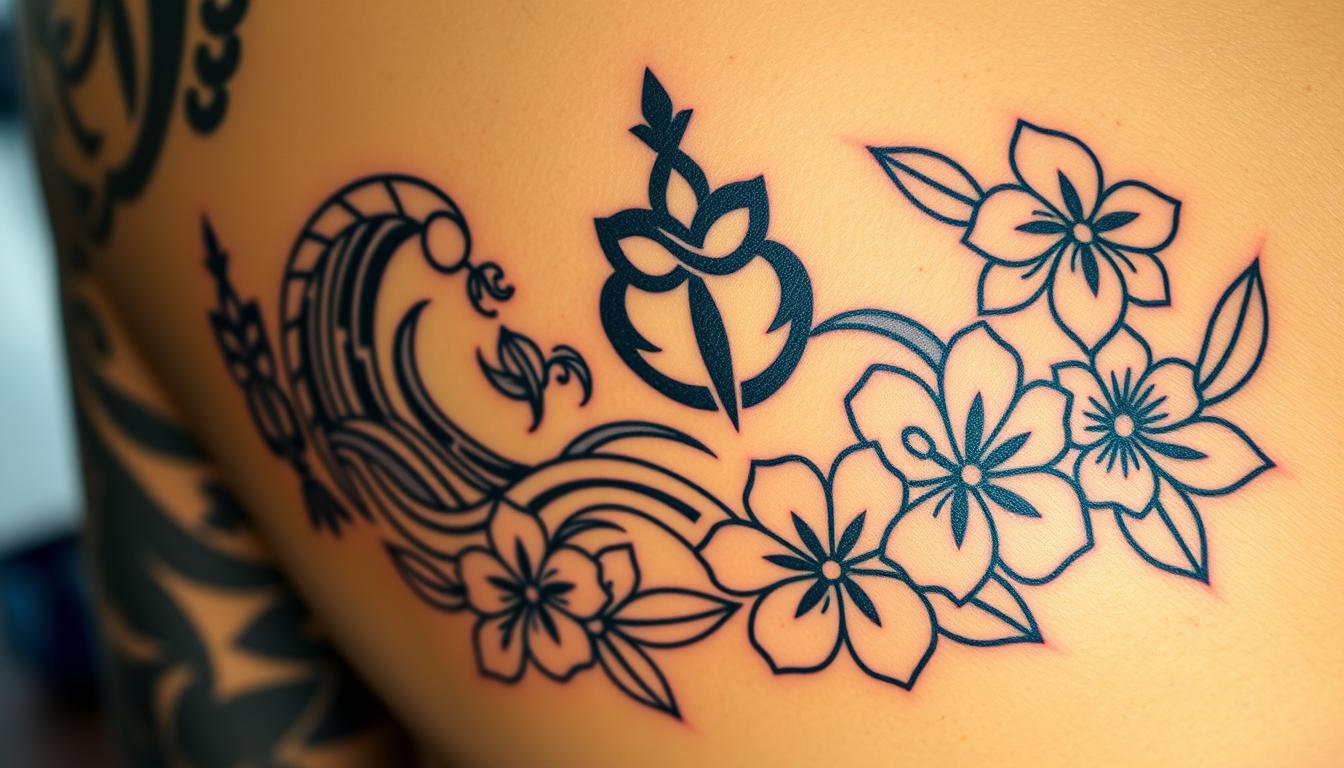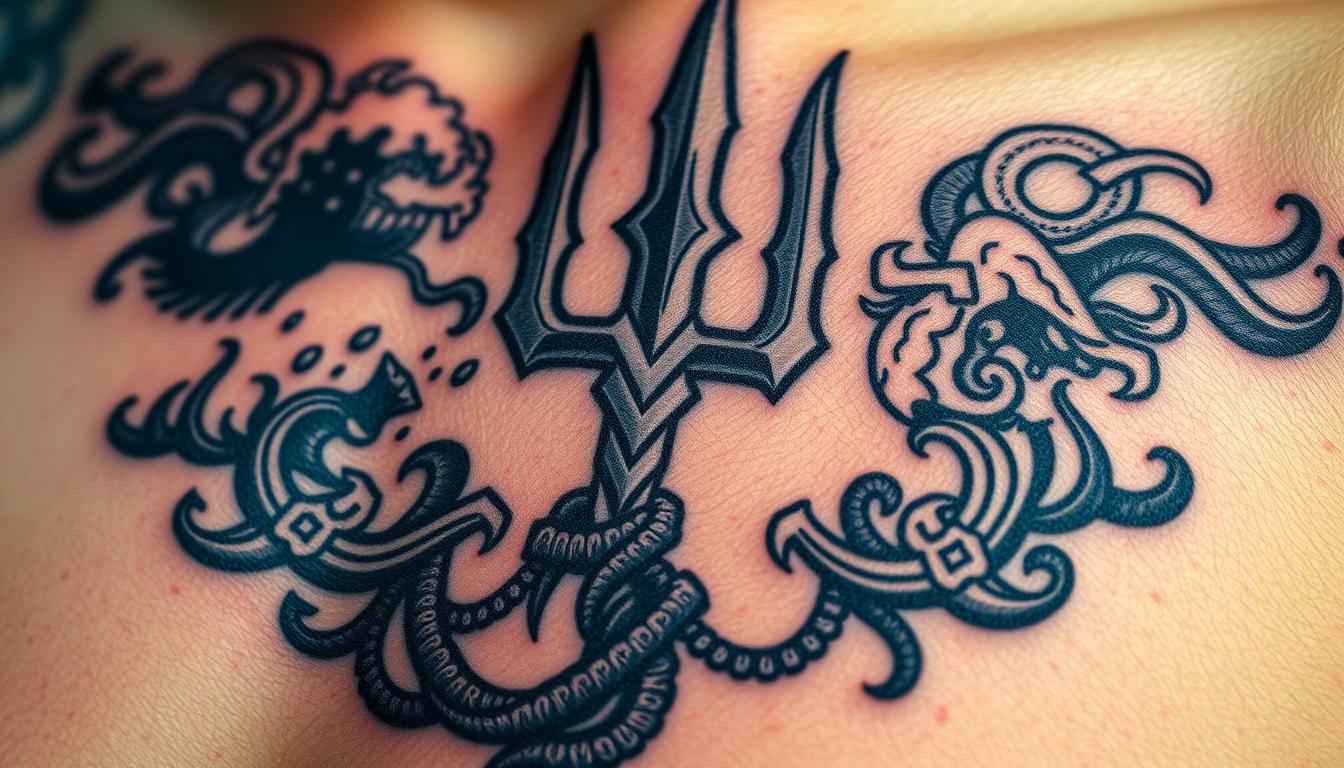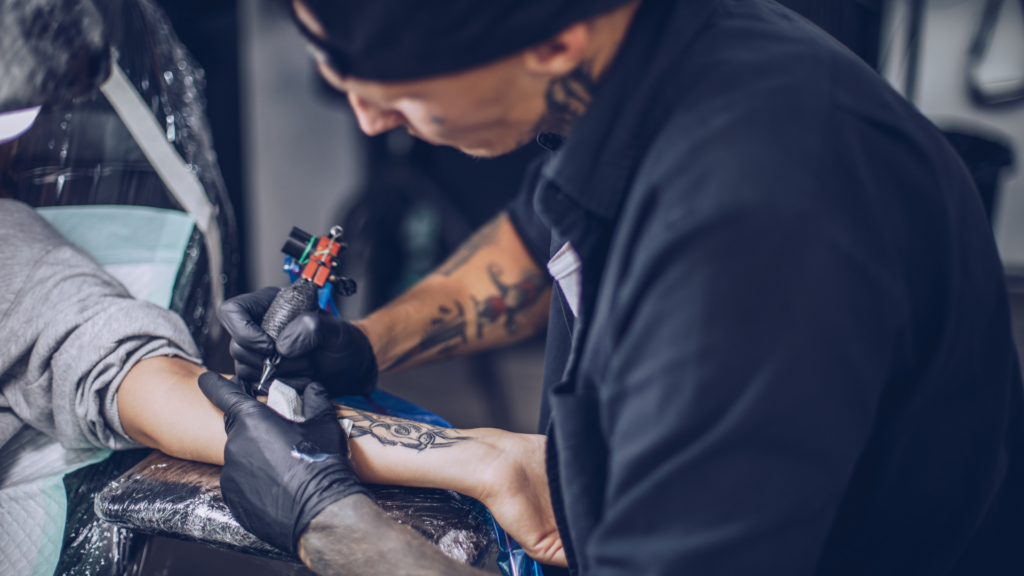
12 Essential Tips for Becoming a Tattoo Artist
Are you captivated by the art of tattooing and dream of transforming your passion into a profession? The path to becoming a skilled tattoo artist is both rewarding and challenging. This comprehensive guide walks you through 12 essential tips to help you navigate your journey from aspiring artist to professional tattoo practitioner.
The Growing Tattoo Industry
The tattoo industry continues to expand, with approximately 30% of Americans having at least one tattoo. This increasing acceptance and demand create promising opportunities for dedicated artists willing to invest in their craft. However, success requires more than just artistic ability—it demands commitment, technical knowledge, and professional development.
1. Develop Your Artistic Foundation

Before touching a tattoo machine, focus on strengthening your fundamental art skills. A strong artistic foundation forms the cornerstone of a successful tattooing career.
What to focus on:
- Practice drawing daily.
- Master shading techniques.
- Study color theory.
- Learn proper proportions.
- Develop skills in various art styles.
“Your ability to translate art to skin begins with mastering art on paper,” explains many veteran tattoo artists. Start by creating a diverse portfolio showcasing your range and technical proficiency.
2. Study Tattoo Styles and Techniques
The tattoo world encompasses numerous distinct styles. Understanding these various approaches helps you find your specialty while appreciating the breadth of the art form.
Popular tattoo styles include:
1.)Traditional/American Traditional
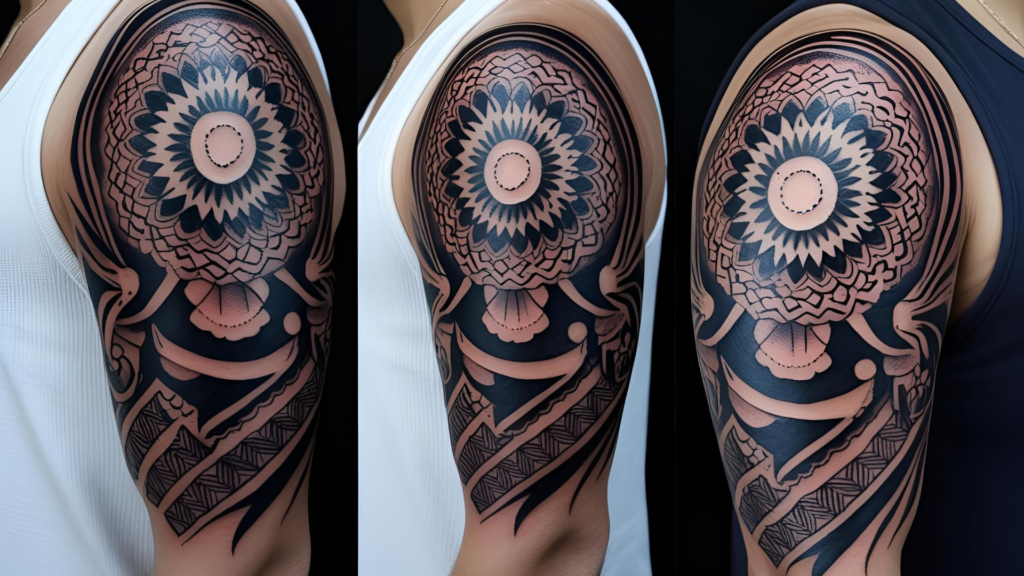
2.) Neo-traditional
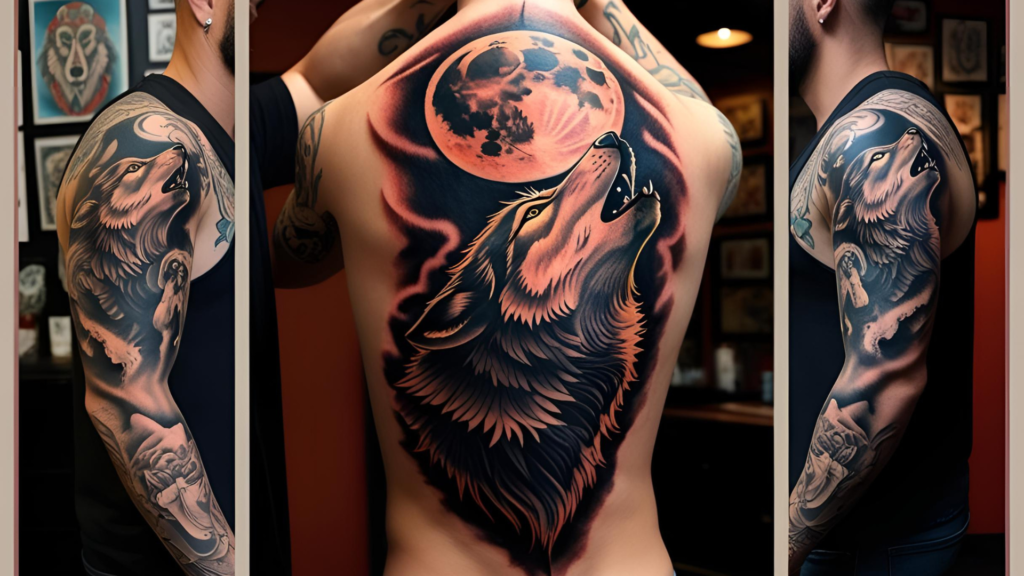
3.) Realism

4.)Watercolor
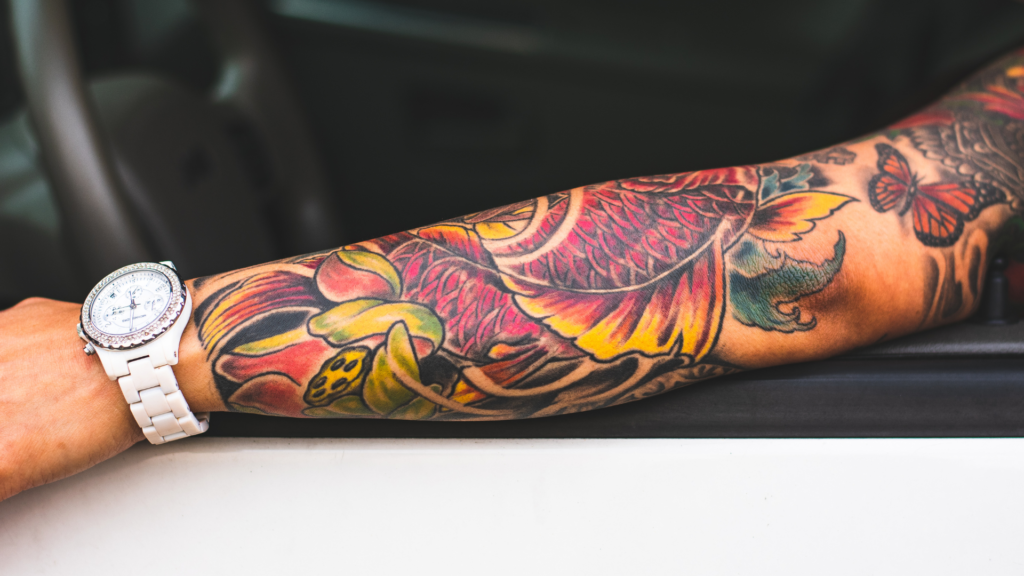
5.) Blackwork

6.) Japanese (Irezumi)
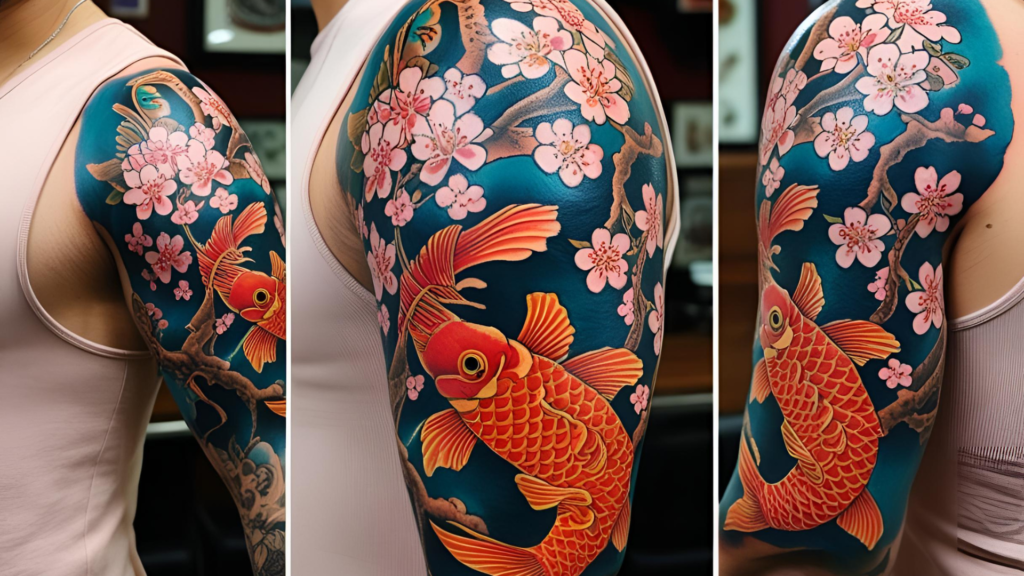
7.) New School

8.) Minimalist

Immerse yourself in tattoo magazines, books, and online galleries. Follow established artists on social media to stay current with evolving trends and techniques.
3. Complete a Formal Apprenticeship
An apprenticeship represents the traditional and most respected path into professional tattooing. This structured training under an experienced mentor provides invaluable hands-on learning opportunities.
During an apprenticeship, you typically:
- Observe professional tattoo sessions
- Learn proper hygiene protocols
- Practice machine setup and maintenance
- Study skin types and ink interactions
- Develop customer service skills
Finding an apprenticeship requires persistence. Visit reputable shops with your portfolio, demonstrate your commitment, and understand that this process may take time.
4. Understand Hygiene and Safety Protocols
Client safety stands paramount in the tattoo industry. Comprehensive knowledge of sterilization methods, cross-contamination prevention, and bloodborne pathogen control is non-negotiable.
Essential safety knowledge includes:
- Proper autoclave operation
- Single-use needle protocols
- Surface disinfection procedures
- Personal protective equipment usage
- Waste disposal regulations
Consider completing a bloodborne pathogen certification course, which many regions require for licensing.
5. Learn Tattoo Machine Mechanics
The tattoo machine serves as your primary tool, making technical understanding crucial. Familiarize yourself with:
Machine components:
- Coils
- Frame
- Springs
- Armature bar
- Contact screw
- Tube systems
Machine types:
- Coil machines
- Rotary machines
- Pneumatic machines
- Cartridge systems
Learn how to adjust machines for different techniques, troubleshoot common issues, and perform routine maintenance.
6. Study Skin Anatomy and Ink Interaction
Successful tattooing requires understanding how ink interacts with different skin types. Knowledge of skin anatomy helps you deliver consistent, long-lasting results.
Important factors include:
- Skin layer composition
- How different skin tones affect color appearance
- Age-related skin changes
- Problem areas and challenging body locations
- Ink absorption variances
This knowledge helps you adapt your technique for optimal results across diverse clients.
7. Master the Art of Linework
Clean, consistent linework forms the foundation of quality tattoos. Before attempting complex designs, dedicate extensive practice to this fundamental skill.
Practice techniques include:
- Drawing straight lines repeatedly
- Creating smooth curves with confident motions
- Maintaining consistent line weight
- Executing proper depth control
- Developing hand stability
Many apprentices spend months perfecting their lines on practice skins before working with clients.
8. Understand the Business Side
Artistic talent alone doesn’t guarantee success. The tattoo industry requires business acumen, especially if you aspire to open your own studio eventually.
Business essentials include:
- Client relationship management
- Appointment scheduling
- Pricing structures
- Marketing strategies
- Financial record-keeping
- Legal considerations
Even as an apprentice, observe how successful shops operate their business model.
9. Build a Professional Portfolio
Your portfolio showcases your abilities and helps attract clients. Create a comprehensive collection of your best work that demonstrates your versatility and technical skill.
Portfolio tips:
- Photograph finished work with proper lighting
- Include designs across multiple styles
- Show the progression of your skills
- Maintain both physical and digital portfolios
- Update regularly with new pieces
A well-curated portfolio serves as your most powerful marketing tool.
10. Obtain Proper Licensing and Certification
Tattooing regulations vary by location, making research into your area’s requirements essential. Most regions require:
- Formal licensing
- Health department certification
- Bloodborne pathogen training
- Shop inspections
- Continuing education
Operating without proper credentials risks legal penalties and compromises client safety.
11. Network Within the Industry
Building professional relationships opens doors to opportunities and continued learning. Connect with fellow artists through:
- Attending tattoo conventions
- Participating in artist workshops
- Joining professional associations
- Engaging in online communities
- Following and interacting with established artists
These connections provide mentorship, inspiration, and potential employment opportunities.
12. Develop Your Unique Style
While versatility matters, developing a signature style helps you stand out in a competitive field. Your unique artistic voice attracts clients specifically seeking your aesthetic.
To develop your style:
- Identify what inspires you most
- Experiment with combining elements from different influences
- Practice techniques that feel natural to your artistic expression
- Seek constructive feedback
- Study artists with distinctive styles
Many successful artists become known for their particular approach to tattooing.
Continuous Learning and Growth
The journey to mastery never truly ends. The most respected tattoo artists maintain a student mindset throughout their careers. Stay current with evolving techniques, equipment innovations, and industry standards.
Consider these ongoing development practices:
- Attend advanced workshops
- Study with artists whose work you admire
- Experiment with new approaches
- Seek honest critique of your work
- Remain open to refinement
This commitment to growth ensures your skills continue evolving throughout your career.
Conclusion
Becoming a tattoo artist offers a deeply rewarding career path for those dedicated to mastering this ancient art form. The journey requires patience, persistent practice, and professional development. By following these twelve essential tips developing your artistic foundation, completing a quality apprenticeship, understanding safety protocols, mastering technical skills, building business acumen, and continually refining your craft you position yourself for success in this dynamic industry.
Remember that becoming a respected tattoo artist takes time. The most successful practitioners are those who respect the tradition while bringing their unique perspective to the art form. With dedication and the right approach, you can transform your passion for tattooing into a fulfilling professional career that allows you to create lasting art on the most personal canvas the human body.
Are you ready to begin your tattoo artist journey? Start with this 12 Essential Tips for Becoming a Tattoo Artist and strengthening your fundamental art skills and researching reputable shops for potential apprenticeship opportunities. Your dedication today lays the foundation for your success in this rewarding artistic profession.
FAQ
How is a tattoo done step by step?
Getting a tattoo involves several precise steps that professional artists follow to ensure quality results:
- Consultation – Discuss your design ideas, placement, size, and color preferences with your artist.
- Design preparation – Your artist creates or refines the design to match your vision.
- Skin preparation – The area is cleaned, shaved, and disinfected to create a sterile canvas.
- Stencil application – A transfer of the design is applied to guide the tattooing process.
- Setup – The artist prepares their equipment, including sterilized needles and ink cups.
- Outline creation – The tattoo begins with the artist creating the foundational outline.
- Shading and coloring – Various needle configurations are used to add dimension and color.
- Cleanup and inspection – The completed tattoo is cleaned and examined for any touch-ups needed.
- Bandaging – The fresh tattoo is covered with a protective bandage or wrap.
- Aftercare instructions – Your artist will provide specific care guidelines for healing.
How to start tattooing for beginners?
Breaking into tattooing requires dedication and proper training:
- Develop artistic skills – Master drawing, shading, and color theory before touching skin.
- Complete a formal apprenticeship – Learn from established professionals in a licensed shop.
- Study anatomy and skin types – Understanding how ink interacts with different skin is essential.
- Practice on synthetic skin – Perfect your technique before working on human clients.
- Get certified – Obtain bloodborne pathogen certification and required local licenses.
- Build a portfolio – Document your progress from drawings to completed tattoos.
- Invest in quality equipment – Start with professional-grade machines, needles, and inks.
- Learn proper sterilization techniques – Health and safety protocols are non-negotiable.
- Start with simple designs – Build confidence with basic work before attempting complex pieces.
- Seek ongoing mentorship – Continue learning from experienced artists throughout your career.
What are the stages of a tattoo?
A tattoo progresses through distinct stages from creation to full healing:
- Fresh tattoo – Appears vibrant but may be swollen with excess ink and plasma.
- Initial healing – Days 1-3: The tattoo forms a protective scab and may feel warm.
- Flaking stage – Days 4-7: The tattoo begins to flake and peel as it heals.
- Itching phase – Days 7-14: The area becomes itchy as new skin forms (avoid scratching!).
- Milky appearance – Days 14-30: The tattoo may look slightly cloudy as deeper layers heal.
- Surface healing – By day 30: The outer layer appears healed, though still sensitive.
- Deep healing – Months 1-3: Deeper skin layers continue to heal and repair.
- Full healing – Months 3-6: The tattoo reaches its final appearance and true colors.
What are the first steps after getting a tattoo?
Proper aftercare in the first 48 hours is crucial for optimal healing:
- Keep the bandage on – Follow your artist’s specific timeline (typically 2-24 hours).
- Gently wash – Clean with mild, fragrance-free soap and lukewarm water.
- Pat dry – Never rub; use a clean paper towel to pat the area completely dry.
- Apply aftercare product – Use only artist-recommended balm or lotion in thin layers.
- Avoid tight clothing – Wear loose-fitting garments that won’t rub against the tattoo.
- Stay out of water – No swimming, baths, or extended showers for at least two weeks.
- Keep out of the sun – Direct sunlight can fade your tattoo and impair healing.
- Don’t pick or scratch – Let scabs and flakes fall off naturally to prevent scarring.
- Stay hydrated – Drink plenty of water to support your skin’s healing process.
- Watch for complications – Contact a healthcare provider if you notice signs of infection.
Remember that quality tattoos require both skilled artists and dedicated aftercare. Always choose licensed professionals who follow strict hygiene practices for safe, beautiful results that will last a lifetime.







































